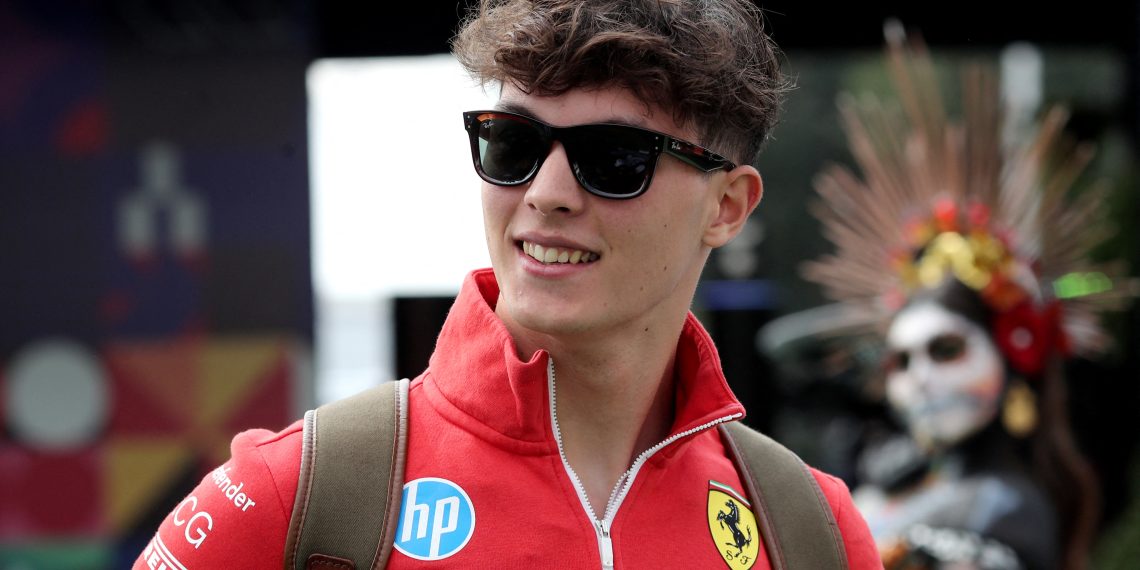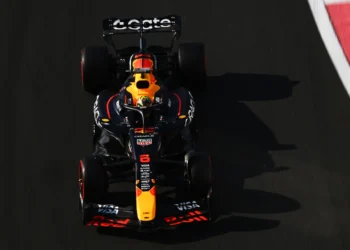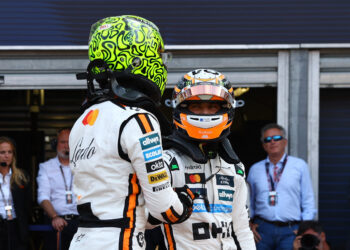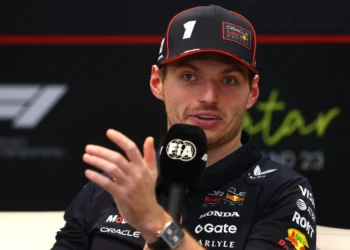Haas is breaking convention as it welcomes Oliver Bearman to its lineup for the 2025 Formula 1 season. Despite being one of five newcomers on this year’s grid, team principal Ayao Komatsu has made it clear: Bearman will not be treated like a rookie. The Briton’s impressive résumé, coupled with his mature approach, has positioned him as a driver ready to make an immediate impact.
Bearman’s road to F1: A rookie like no other
Bearman’s journey to a full-time F1 seat is anything but typical. Called up midseason in 2024 as a stand-in for Ferrari’s Carlos Sainz in Saudi Arabia, Bearman shocked the paddock with a P7 finish on debut. The young Brit followed that up with another points-scoring performance in Baku, replacing Kevin Magnussen, and capped the year with a solid outing in Brazil. Add seven FP1 sessions—six with Haas and one with Ferrari—and Bearman enters 2025 with far more experience than most rookies.
Komatsu praised Bearman’s readiness, highlighting his composure and rapid learning curve.
“We’re not really treating him as a rookie driver,” Komatsu told Mirror F1. “He’s got such a mature head on his shoulders, and he can offer a lot with his young age.”
Haas’s unique approach: No hierarchy
With Esteban Ocon, a seasoned driver with 156 starts and a race win under his belt, as Bearman’s teammate, one might expect Haas to designate Ocon as the team leader. However, Komatsu dismissed any notion of a hierarchy.
“Honestly, we don’t have a lead driver or non-lead driver; we just work as a team,” Komatsu explained. “Both of them bring different positives to the table.”
This egalitarian approach reflects Haas’s strategy for fostering internal competition without creating destructive rivalries. Ocon, known for occasionally clashing with teammates, will need to adapt to a dynamic where Bearman’s hunger and ambition push him harder than ever.
The Bearman factor
Haas sees Bearman as more than just a promising rookie. His time with Ferrari, combined with his standout performances in 2024, has given him a unique perspective on car development and team dynamics. Komatsu noted that Bearman’s insights are already proving valuable.
“He’s already got a lot to offer for us, pushing us, pointing to us what we need to improve on as a team,” Komatsu said. “In terms of development stages, he’s not like a normal rookie.”
But Haas is also keenly aware of the challenges ahead for Bearman. A full season in F1 is a grueling test, demanding consistency, resilience, and the ability to perform under pressure week after week.
“It’s very different being a full-time F1 driver,” Komatsu acknowledged. “We’re looking for that consistency and determination to push the team forward as well as himself.”
Internal competition: A potential asset
While some fear the Bearman-Ocon pairing could create tension, Komatsu views their rivalry as a strength.
“I’m not worried about [Bearman’s] competitiveness,” Komatsu said. “I think they’ll push each other in a good way.”
For Bearman, this dynamic represents an opportunity to prove he belongs in F1’s upper echelon. For Ocon, it’s a challenge to maintain his edge against a younger, hungrier teammate.
Haas’s bold gamble: A blueprint for success?
Haas’s decision to treat Bearman as a peer rather than a protégé signals a shift in how the team approaches driver development. By betting on Bearman’s potential and giving him the freedom to challenge Ocon, Haas is setting the stage for an intriguing 2025 season. The question now is whether this unorthodox strategy will propel Haas forward—or create growing pains in a fiercely competitive grid.










